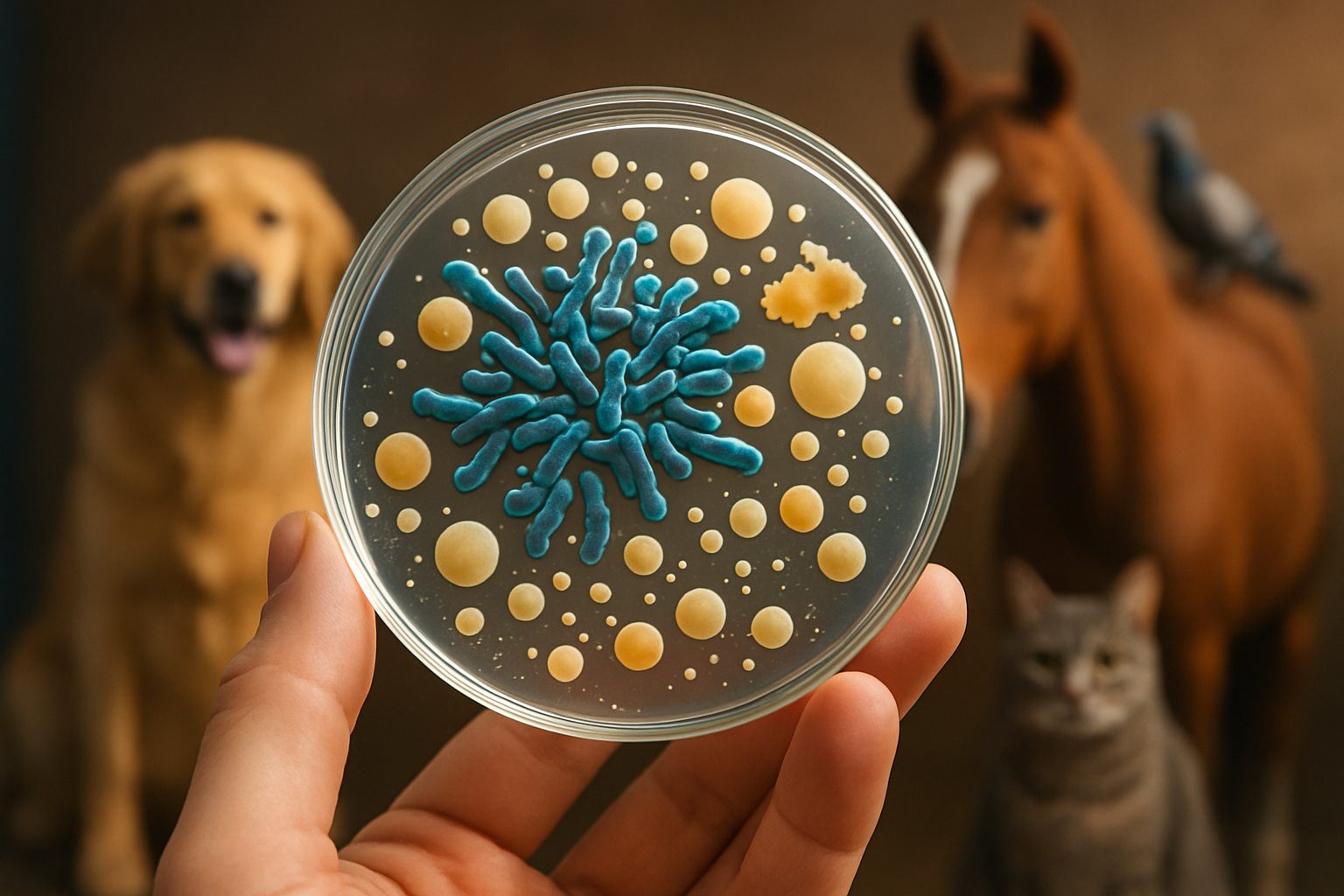Interpreting Dental Wear and Mobility to Gauge Companion Age
Estimating a companion animal’s age is often needed for care choices, nutrition planning, and understanding behavior. Visible signs such as dental wear and changes in mobility offer practical clues that, combined with breed, size, and development milestones, help form a reliable age estimation for pets.

This article is for informational purposes only and should not be considered medical advice. Please consult a qualified healthcare professional for personalized guidance and treatment.
How does dental wear indicate age?
Dental examination is one of the most commonly used methods to estimate a pet’s age. In many species, the timing of tooth eruption and the pattern of wear follow typical development and growth milestones. For example, the presence of deciduous versus permanent teeth, tartar accumulation, and enamel wear give clues about maturity and relative age. While dental condition reflects nutrition, veterinary care, and oral health habits, consistent patterns of wear can suggest whether a companion is juvenile, adult, or older. Breed and size influence tooth size and eruption timing, so dental assessment should be combined with other signs rather than used in isolation.
What mobility signs reflect aging?
Changes in gait, stiffness, and reduced activity levels are common mobility indicators linked to aging. Pets may show slower rising, shorter stride length, or reluctance to climb or jump as joints and muscles adapt over time. Mobility is affected by weight, nutrition, and breed-specific predispositions to joint conditions. Observing how a pet moves across different surfaces and noting asymmetry or discomfort offers practical information about development and physical condition. Mobility changes may point to early maturity or middle-to-late life stages, but veterinary evaluation can distinguish age-related change from injury or disease.
How does behavior signal maturity?
Behavioral cues complement dental and mobility observations in estimating age. Young animals often display exploratory behaviors, higher play drives, and rapid learning of social milestones. As companions reach maturity, behaviors tend to stabilize: reduced play frequency, more predictable routines, and changes in sleep patterns. Senior pets might show altered responsiveness, decreased interest in activities they previously enjoyed, or changes in appetite that reflect physiological shifts. Because behavior is sensitive to environment, training, and social context, it should be weighed alongside physical indicators such as dental condition and mobility when forming an age estimation.
How breed and size affect development?
Breed and size are major factors shaping growth rates and lifespan. Small breeds often reach maturity sooner and may show dental and developmental milestones earlier than large or giant breeds, which typically take longer to finish growth and may develop age-related mobility issues sooner in absolute years. Breed-specific traits influence tooth eruption timelines, predisposition to joint problems, and expected growth curves. When estimating age, categorize observations by the animal’s expected growth timetable for its breed and size to improve accuracy. This approach reduces misinterpretation that arises when comparing a large-breed adult to a small-breed adult of the same chronological age.
How weight, nutrition, and veterinary care influence lifespan and development?
Weight management and nutrition have direct effects on growth, dental health, and mobility across a pet’s lifespan. Adequate nutrition supports proper tooth development and maintenance, while excessive weight can accelerate joint wear and alter mobility earlier in life. Regular veterinary care, including dental scaling and preventive treatments, can change the visible signs that otherwise serve as age indicators. Consequently, a pet that has received intensive dental care may appear younger by dental criteria than its chronological age. Observers estimating age should account for the pet’s care history, diet, and current weight when interpreting physical and behavioral markers.
How to use milestones for age estimation?
Combining milestones creates a more reliable age estimation than relying on a single sign. Start with dental milestones (tooth eruption and wear), add mobility observations (gait, jump ability, stiffness), and layer behavioral signs (playfulness, sleep patterns). Consider breed and size-based growth charts to contextualize those milestones. Recordable developmental events—like eruption of permanent teeth, closure of growth plates noted by a veterinarian, or changes in reproductive maturity—provide precise anchors for estimation. Use a holistic approach: note multiple markers, document findings, and when possible, seek veterinary confirmation to refine an estimated age range rather than a single definitive number.
Conclusion Dental wear and mobility offer accessible, observable clues for estimating a companion animal’s age, but they are most useful when interpreted together with behavior, breed, size, weight, nutrition, and documented development milestones. Veterinary assessment remains important for accurate determination and to rule out health issues that mimic age-related changes. A combined, evidence-based approach improves the reliability of age estimation and supports appropriate care throughout a pet’s life.






